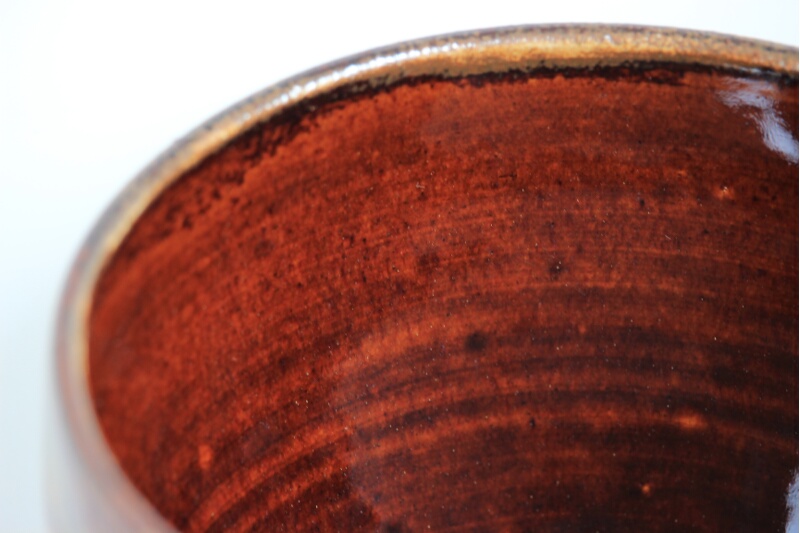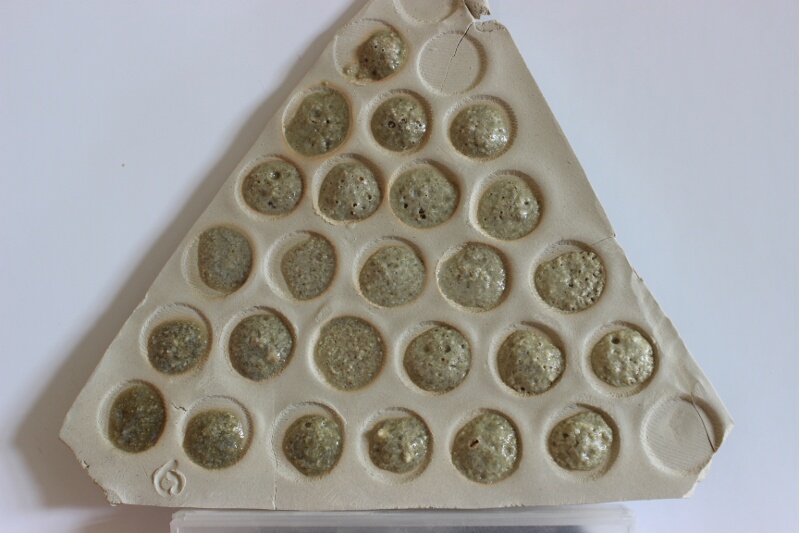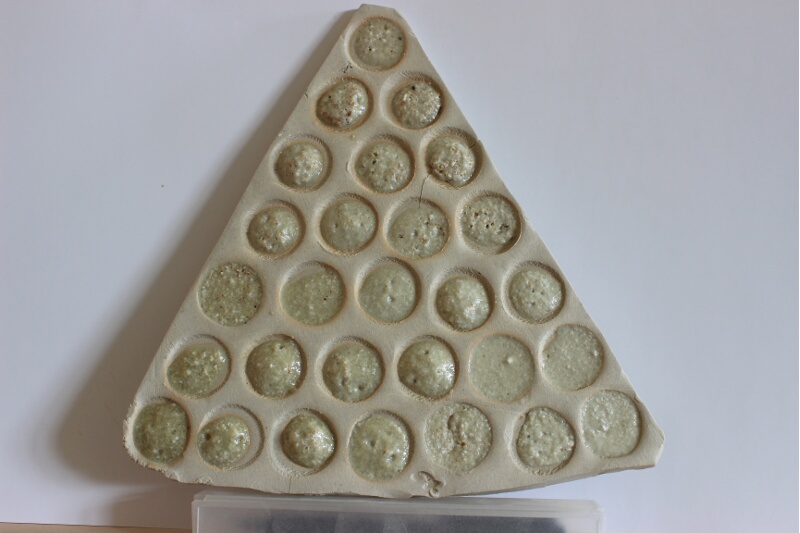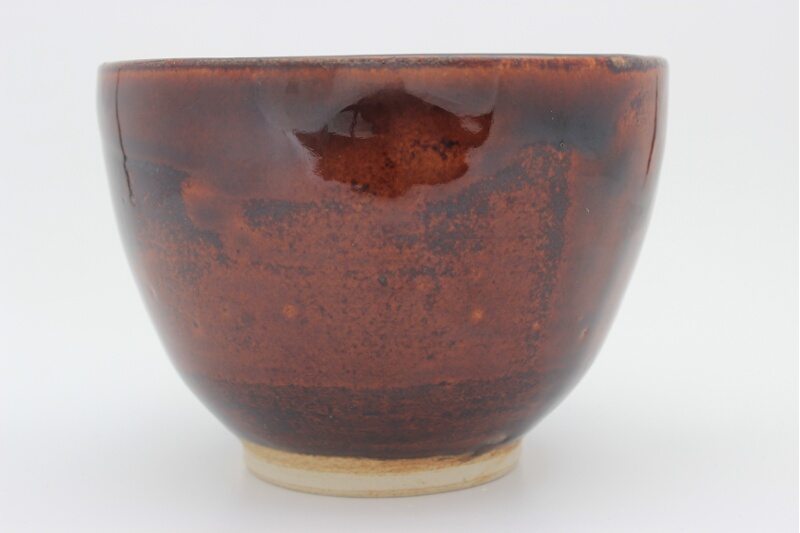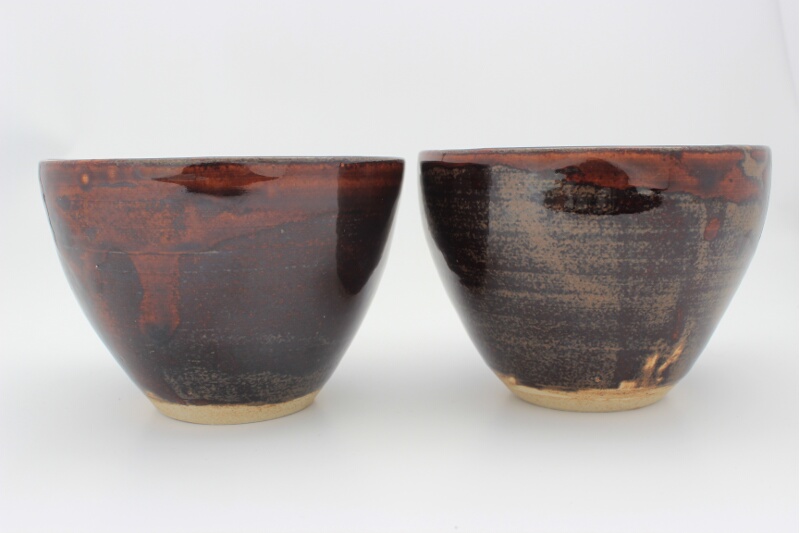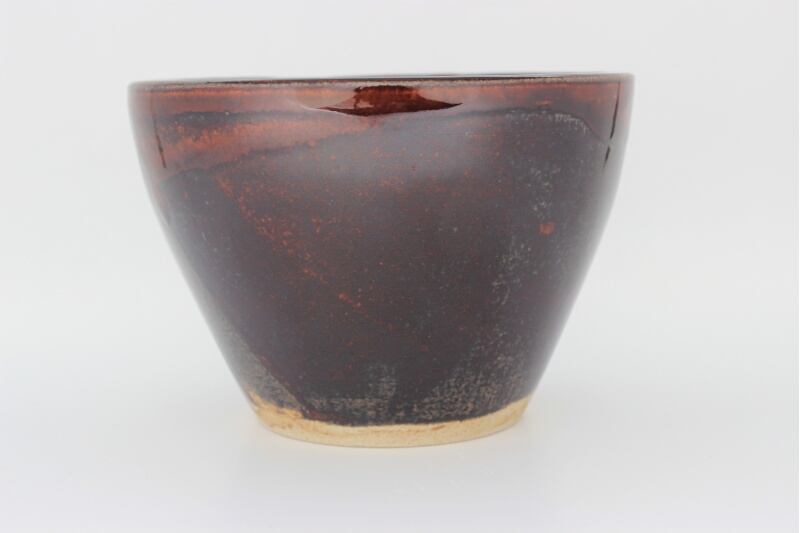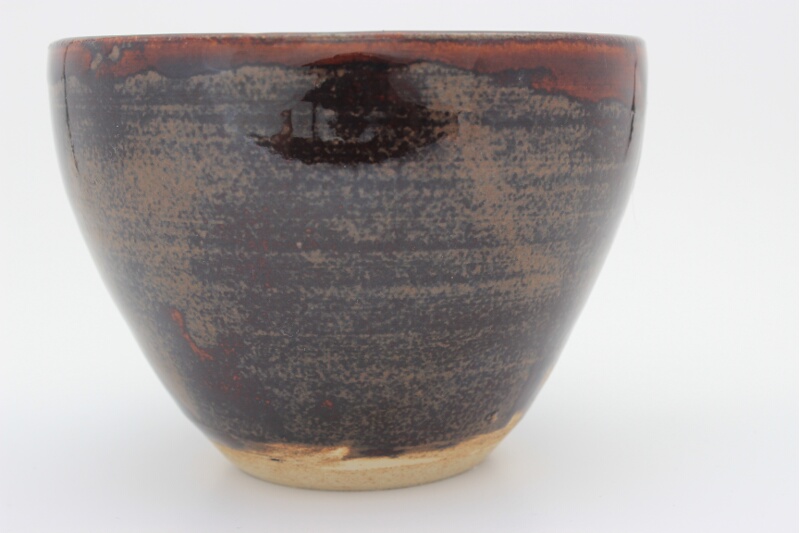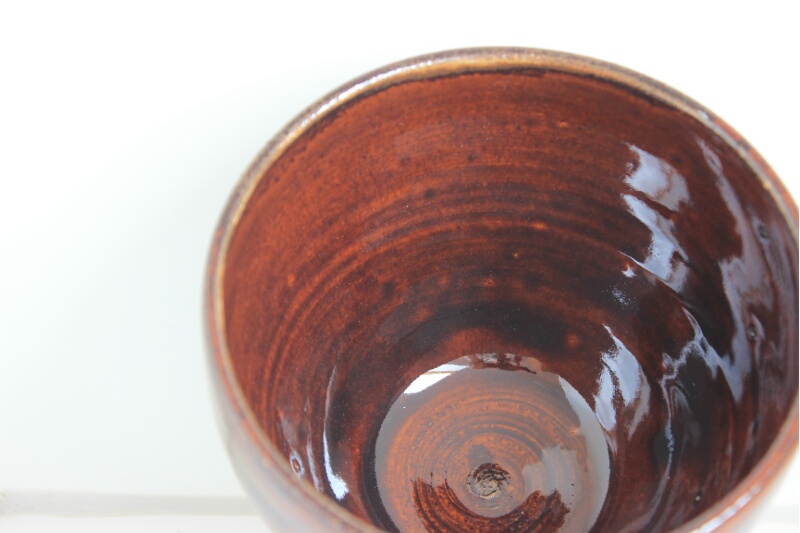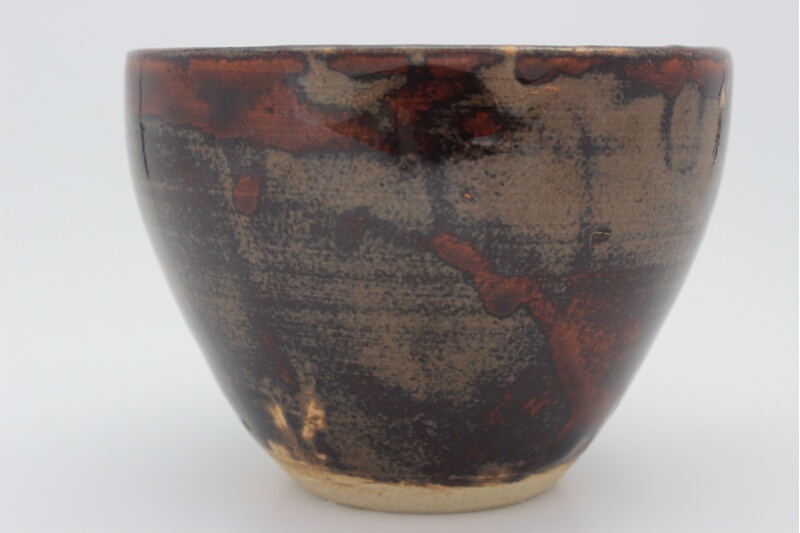This summer we had the stupid idea to develop a glaze that consists solely of materials that can be found on the shore of the Baltic Sea.
Talcum and flint stone are easy to identify but what about feldspar? The moraine rubble contains many different materials and granite can have high amounts of feldspar (besides quartz and mica). But how can I recognize “good” feldspar? To be on the safe side, I took some different types of granite, that looked similar to the pictures in the internet.
On the shore I also found a nice clay ironstone that I would use for coloring the base glaze.
After identifying the stones the next challenge was to process large rubble stones to a raw material. I burnt, milled, sieved the stones and let the powder dry.
An online glaze calculator gave a first indication for the glaze recipe, in case I would know the feldspar content of the granite.
With dedicated variations I created for each stone sample a glaze triangle to determine the optimal composition of the ingredients.
Additionally I created a samples series of the clay ironstone to find the required addition for a nice color. This is tricky in itself, as clay as well as iron change the glaze properties.
After the first experiment sequence I realized, that the feldspar content in the granites was lower as assumed and in one case I collected porphyry instead on granite. Talcum as opacifier needs to be dosed very conservative. Hence I created a second samples glaze triangle to determine finally the optimum recipe.
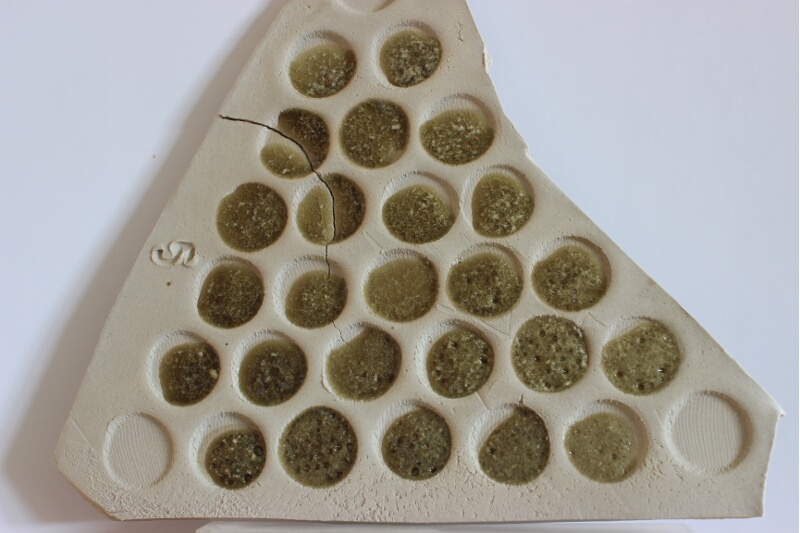
The colored glaze was applied to a set of cereal bowls to determine the ease of glaze application for this glaze. What I learned was, that the glaze can neither be brushed nor poured but should be dipped or sprayed to ensure a homogenous layer thickness.
As a resume, the Baltic-Sea-Challenge is for me a big success from the glaze nature and the warm color, and will be a good addition to the Wabisabi portfolio.
